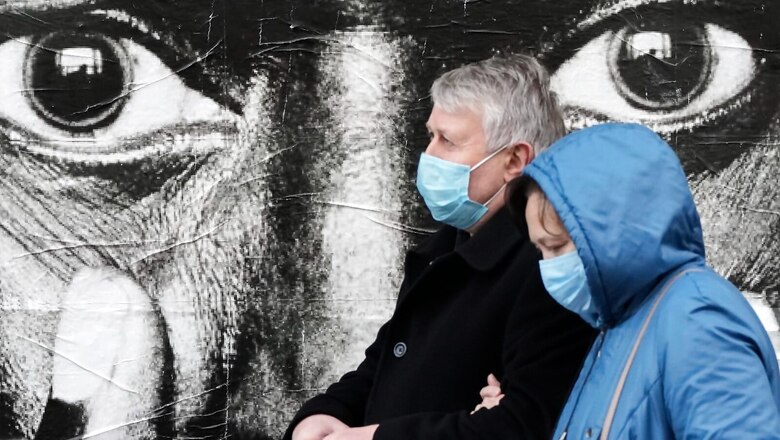
views
Nearly two years into the Covid-19 pandemic that has killed more than 5 million people, infections are again sweeping across parts of Europe, particularly the western regions with relatively high vaccination rates and good health care systems but where lockdown measures are largely a thing of the past.
The World Health Organization said coronavirus deaths rose by 10% in Europe in the past week, and an agency official declared last week that the continent was “back at the epicenter of the pandemic”. Much of that is being driven by spiraling outbreaks in Russia and eastern Europe — where vaccination rates tend to be low — but countries in the west such as Germany and Britain recorded some of the highest new case tolls in the world.
Russia, Germany and Britain are among six countries spanning Europe with whom India has ‘air bubble’ or ‘transport bubble’ understanding. Air bubbles are temporary arrangements between two countries to restart commercial travel even as regular international flights remain grounded due to the pandemic.
Here’s a look at the travel rules from India to these nations and the latest developments on the coronavirus situation there.
Germany
Germany’s disease control centre, the Robert Koch Institute, on Friday said that the country’s infection rate had climbed to 263.7 new cases per 100,000 residents over seven days, up from 249.1 the previous day. Germany reported 48,640 new cases Friday, a day after the daily total topped 50,000 for the first time. Another 191 Covid-19 deaths brought Germany’s total in the pandemic so far to 97,389.
While the infection rate isn’t yet as high as in some other European countries, its relentless rise in Germany has set off alarm bells. Outgoing Chancellor Angela Merkel plans to meet with the country’s 16 state governors to coordinate nationwide measures next week, and parliament is mulling legislation that would provide a new legal framework for restrictions over the winter.

Health Minister Jens Spahn said he will order the revival of free rapid Covid-19 tests, which were scrapped a month ago in an effort to persuade more people to get vaccinated, effective Saturday. Germany has struggled to bring new momentum to its vaccination campaign lately, with a bit over two-thirds of the population fully vaccinated.
Germany on Friday also declared neighboring Austria, whose infection rate is far higher, a “high-risk area” effective Sunday. That means people arriving from Austria who haven’t been vaccinated or haven’t recovered recently from Covid-19 will have to go into quarantine. The Czech Republic and Hungary also were added to the list of “high-risk areas”, but the United States was removed.
Here’s a look at groups of passengers allowed air travel between India and Germany:
From India to Germany:
– Stranded nationals/residents of Germany, foreign nationals destined for EU/Schengen area, South America or Africa only and transiting through Germany or spouses of these persons, whether accompanying or otherwise;
– Any Indian national or national of Nepal or Bhutan destined for any country in EU/Schengen area, South America or Africa only and holding a valid visa of the destination country. It would be for the airlines concerned to ensure that there is no travel restriction for Indian/Nepalese/Bhutanese nationals to enter the destination country before issue of ticket/boarding pass to the Indian/Nepalese/Bhutanese passenger; and
– Seamen of foreign nationalities and Seamen holding Indian passports would be allowed subject to clearance from the Ministry of Shipping. Seamen should be destined for countries in the EU/Schengen area, South America or Africa only.
From Germany to India
– Indian nationals or nationals of Nepal or Bhutan stranded in any country in EU/Schengen area, South America or Africa only;
– All Overseas Citizen of India (OCI) cardholders and PIO cardholders holding passports of any country;
– All foreign nationals (from any country in EU/Schengen area, South America or Africa only) intending to visit India for any purpose (including their dependents on appropriate category of dependent visa) except those on Tourist Visa; and
– Seamen from EU/Schengen area, South America or Africa only.
France
French Health Minister Olivier Veran this week declared the beginning of a fifth wave of the coronavirus pandemic as the country registered 11,883 new cases, the second day in a row with a new case tally over 10,000. New cases have seen double-digit percentage increases week-on-week since around mid-October.
President Emmanuel Macron has issued a mass appeal for people to get booster shots to fight rising infections. Anyone over 65 who was vaccinated more than six months ago will need to get a booster shot by mid-December for their “health pass” to remain valid, Macron has said. Nearly 75% of the French population is fully vaccinated, including 88% of adults. That is among the higher rates in Europe, but vaccinations have hit a plateau in recent weeks.
Macros has also announced stepped-up enforcement of the health pass, which is required to go to all restaurants and many public venues in France. To get a pass, people must show proof of Covid-19 vaccination, a negative virus test or a recent recovery from the virus.
Here’s a look at passengers Indian and French airlines are allowed to carry to either countries:
From India to France:
– Stranded nationals/residents of France, foreign nationals destined for EU/Schengen area, South America or Africa only and transiting through France or spouses of these persons, whether accompanying or otherwise;
– Any Indian national or national of Nepal or Bhutan destined for any country in EU/Schengen area, South America or Africa only and holding a valid visa of the destination country. It would be for the airlines concerned to ensure that there is no travel restriction for Indian/Nepalese/Bhutanese nationals to enter the destination country before issue of ticket/boarding pass to the Indian/Nepalese/Bhutanese passenger; and
– Seamen of foreign nationalities and Seamen holding Indian passports would be allowed subject to clearance from the Ministry of Shipping. Seamen should be destined for countries in the EU/Schengen area, South America or Africa only.
From France to India:
– Indian nationals or nationals of Nepal or Bhutan stranded in any country in EU/Schengen area, South America or Africa only;
– All Overseas Citizen of India (OCI) cardholders and PIO cardholders holding passports of any country;
– All foreign nationals (from any country in EU/Schengen area, South America or Africa only) intending to visit India for any purpose (including their dependents on appropriate category of dependent visa) except those on Tourist Visa; and
– Seamen from EU/Schengen area, South America or Africa only.
Russia
Covid-19 infections and deaths in Russia remain at all-time highs with the state task force reporting 40,123 new confirmed cases and 1,235 deaths — both numbers only slightly lower than the record daily tallies of 41,335 infections and 1,239 deaths recorded earlier this month.
The surge in infections and deaths comes amid low vaccination rates, lax public attitudes toward taking precautions and the government’s reluctance to toughen restrictions. Fewer than 40% of Russia’s nearly 146 million people have been fully vaccinated, even though the country approved a domestically developed Covid-19 vaccine months before most of the world.
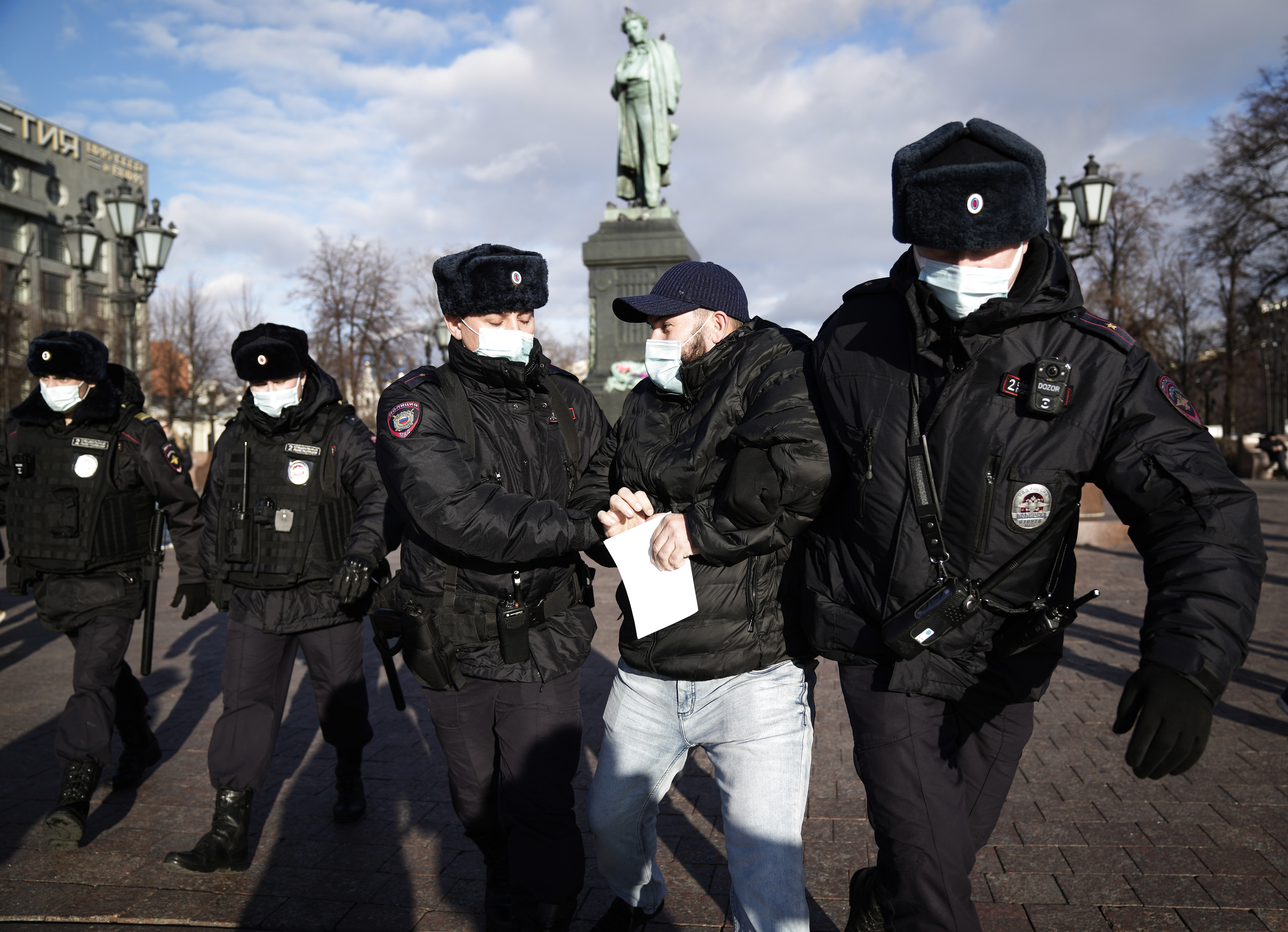
In total, the coronavirus task force has reported more than 8.9 million confirmed infections and nearly 253,000 deaths — by far the highest death toll in Europe. Some experts believe the true figure is even higher.
As per new draft rules likely to be implemented next year, Russians would require QR codes as proof of immunity to be allowed air and rail travellers up to June 1. QR codes may be also needed to enter public places, including restaurants, but this set of restrictions may differ from region to region depending on the local infection rate.
Those eligible for direct travel between India and Russia include:
From India to Russia:
– Stranded nationals/residents of Russia;
– Any Indian national or national of Nepal or Bhutan destined for and holding a valid visa of Russia. It would be for the airlines concerned to ensure that there is no travel restriction for Indian/Nepalese/Bhutanese nationals to enter the destination country before issue of ticket/boarding pass to the Indian/Nepalese/ Bhutanese passenger; and
– Seamen of foreign nationalities and Seamen holding Indian passports would be allowed subject to clearance from the Ministry of Shipping. Seamen should be destined for Russia only.
From Russia to India:
– Indian nationals or nationals of Nepal or Bhutan stranded in Russia;
– All Overseas Citizen of India (OCI) cardholders and Person of Indian Origin(PIO) cardholders holding passports of any country;
– Russian nationals intending to visit India for any purpose (including their dependents on appropriate category of dependent visa) except those on Tourist Visa; and
– Seamen from Russia.
Britain
Britain has had much higher rates of Covid-19 than the rest of western Europe since the summer when PM Boris Johnson scrapped coronavirus restrictions in England. However, rates in Britain are now coming down just as they are rising sharply in countries such as Germany, Austria and the Netherlands. The UK has so far recorded almost 142,000 coronavirus deaths, the highest total in Europe after Russia.
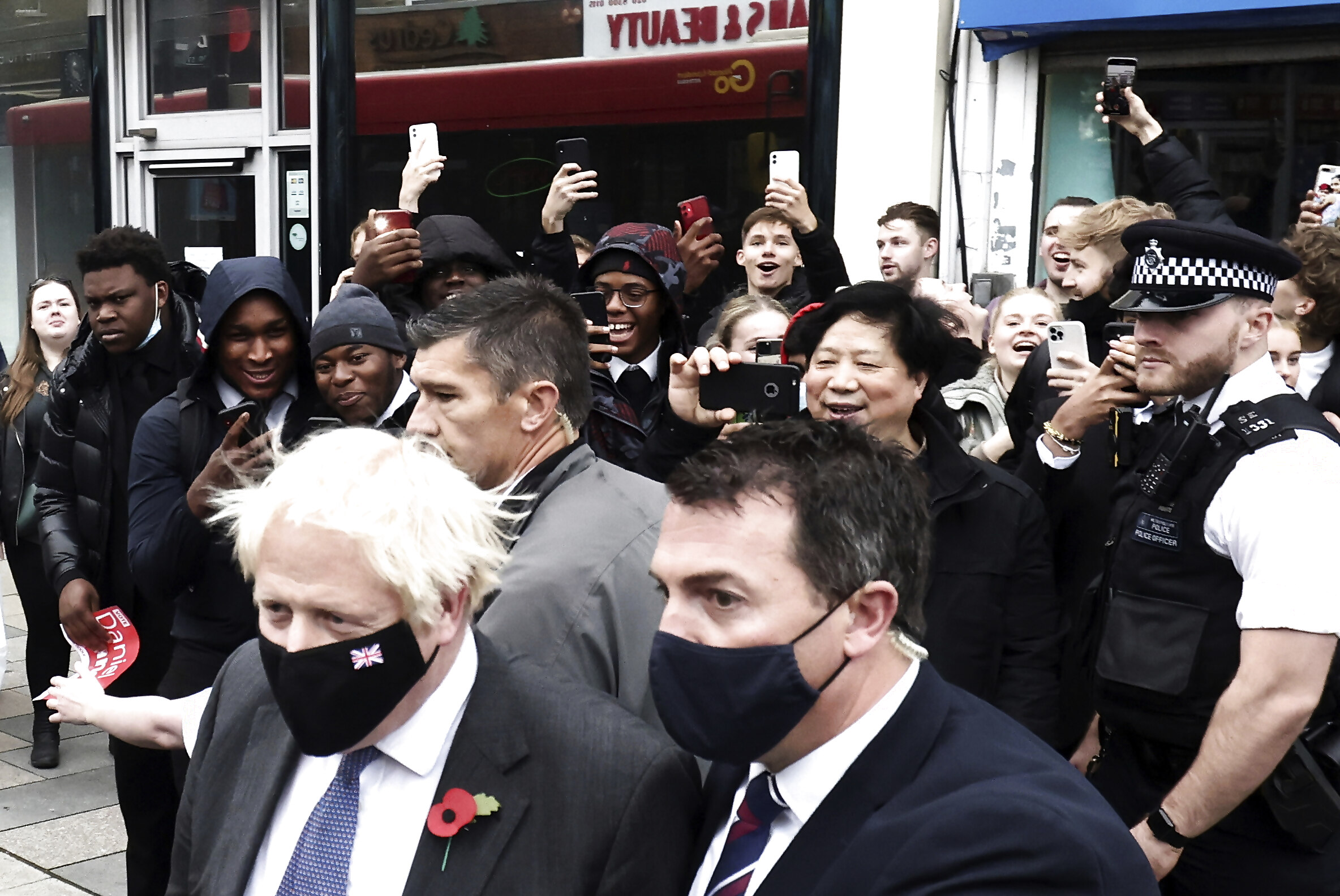
Health Minister Sajid Javid has now mandated that all healthcare staff who work with the public will have to be vaccinated against the coronavirus starting in April. There will be exceptions for those who are medically exempt and staff who don’t meet members of the public. The change applies in England. Scotland, Wales and Northern Ireland set their own health rules. Trade unions had opposed making vaccinations compulsory, saying it could drive some staff to quit the already stretched health system.
Britain was one of the first countries in the world to start coronavirus vaccinations, but, as in many countries, the campaign has slowed to a crawl after a strong start. About 80% of people over 12 in the UK have had two doses of vaccine. Britain also is offering third booster doses to people at heightened risk from the virus, including everyone over 50.
Here’s a look at those allowed direct flights between India and the UK:
From India to UK
– Stranded UK nationals/residents, foreign nationals transiting through UK or spouses of these persons, whether accompanying or otherwise;
– Any Indian national holding any type of valid UK visa and destined for UK only. It would be for the airlines concerned to ensure that there is no travel restriction for Indian nationals to enter UK with the particular visa category before issue of ticket/ boarding pass to the Indian passenger; and
– Seamen of foreign nationalities; Seamen holding Indian passports would be allowed subject to clearance from the Ministry of Shipping
From UK to India
– Stranded Indian nationals;
– All Overseas Citizen of India (OCI) cardholders holding UK passports; and
– Foreigners (including diplomats), who are eligible to enter India as per Ministry of Home Affairs (MHA) guidelines dated 30.06.2020 as amended from time to time.
The Netherlands
The Netherlands has announced a three-week partial lockdown on Friday amid surging Covid-19 cases. The lockdown that begins Saturday night is the first to start in western Europe since the new wave of infections.
Under the lockdown, bars, restaurants and supermarkets will have to close at 8 pm, professional sports matches will be played in empty stadiums and people are being urged to work from home as much as possible. Stores selling non-essential items will have to close at 6 pm.

New infections in the Orange country topped 16,000 for the second day in a row on Friday, beating the previous record of just under 13,000 confirmed cases in a day set in December last year. Nearly 85% of the adult Dutch population has been fully vaccinated. Since the start of the pandemic, the Netherlands has recorded 2.27 million COVID-19 cases and 18,695 related deaths.
Those allowed travel as per the air bubble agreement between India and The Netherlands include:
From India to Netherlands:
– Stranded nationals/residents of Netherlands, foreign nationals destined for EU/Schengen area, South America or Africa only and transiting through Netherlands or spouses of these persons, whether accompanying or otherwise;
– Any Indian national or national of Nepal or Bhutan destined for any country in EU/Schengen area, South America or Africa only and holding a valid visa of the destination country. It would be for the airlines concerned to ensure that there is no travel restriction for Indian/Nepalese/Bhutanese nationals to enter the destination country before issue of ticket/boarding pass to the Indian/Nepalese/Bhutanese passenger; and
– Seamen of foreign nationalities and Seamen holding Indian passports would be allowed subject to clearance from the Ministry of Shipping. Seamen should be destined for countries in the EU/Schengen area, South America or Africa only.
From Netherlands to India:
– Indian nationals or nationals of Nepal or Bhutan stranded in any country in EU/Schengen area, South America or Africa only;
– All Overseas Citizen of India (OCI) cardholders and PIO cardholders holding passports of any country;
– All foreign nationals (from any country in EU/Schengen area,South America or Africa only) intending to visit India for any purpose (including their dependents on appropriate category of dependent visa) except those on Tourist Visa; and
– Seamen from EU/Schengen area, South America or Africa only.
Ukraine
Ukraine has registered record coronavirus cases and deaths in recent weeks, and the government has imposed strict lockdowns and promoted vaccination in an attempt to fight back. The country has registered 3.16 million cases and 74,857 deaths since the start of the pandemic. But Ukraine is one of several countries in eastern Europe with vaccination rates among the continent’s lowest. Only around 8.3 million in a population of 41 million are fully vaccinated.
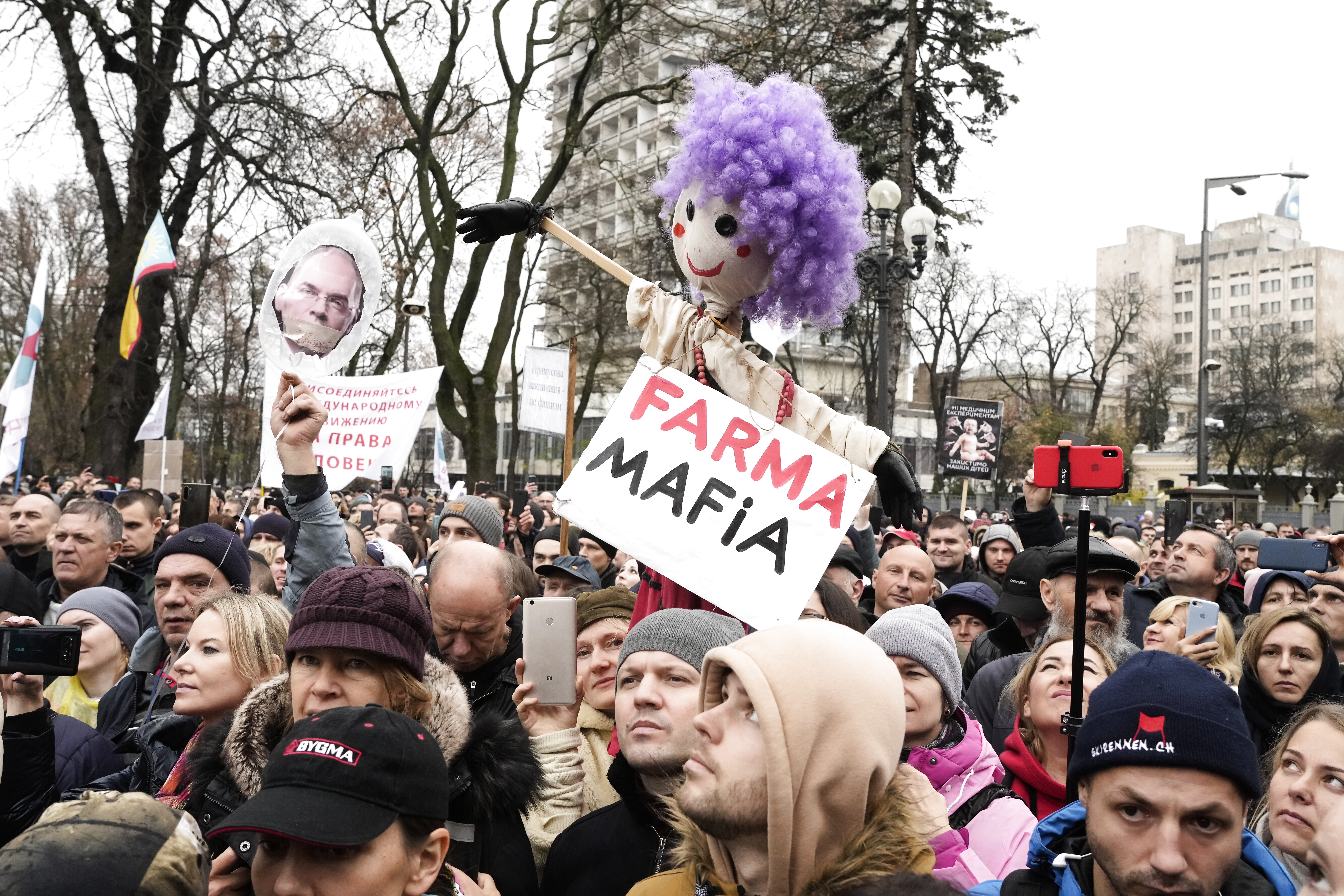
Ukraine’s health ministry has now proposed expanding the list of occupations for which Covid-19 vaccinations will be compulsory to cover medical personnel and municipal employees. Authorities also have started requiring proof of vaccination or a negative Covid-19 test results for people boarding planes, trains and long-distance buses.
Indian and Ukrainian carriers are permitted to carry the following categories of persons:
From India to Ukraine:
– Nationals/residents of CIS countries (excluding Russia);
– Any Indian national or national of Nepal or Bhutan destined for and holding a valid visa for CIS countries (excluding Russia). It would be for the airlines concerned to ensure that there is no travel restriction for Indian / Nepalese /Bhutanese nationals to enter the destination country with the particular visa category before issue of ticket / boarding pass to the Indian/Nepalese/ Bhutanese passenger.
From Ukraine to India:
– Indian nationals or nationals of Nepal or Bhutan in CIS countries (excluding Russia);
– All Overseas Citizen of India (OCI) cardholders and Person of Indian Origin (PIO) cardholders holding passports of any country; and
– Nationals of CIS countries excluding Russia (but including diplomatic and service/ official passport holders) intending to visit India for any purpose (including their dependents on appropriate category of dependent visa) except those on Tourist Visa.
Read all the Latest India News here













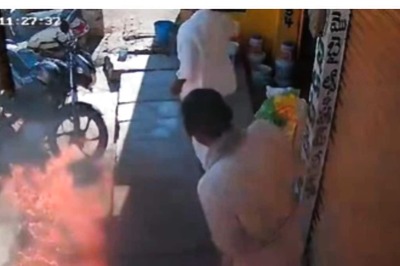


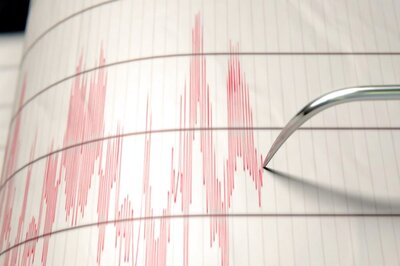


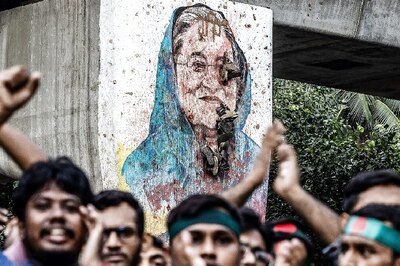
Comments
0 comment